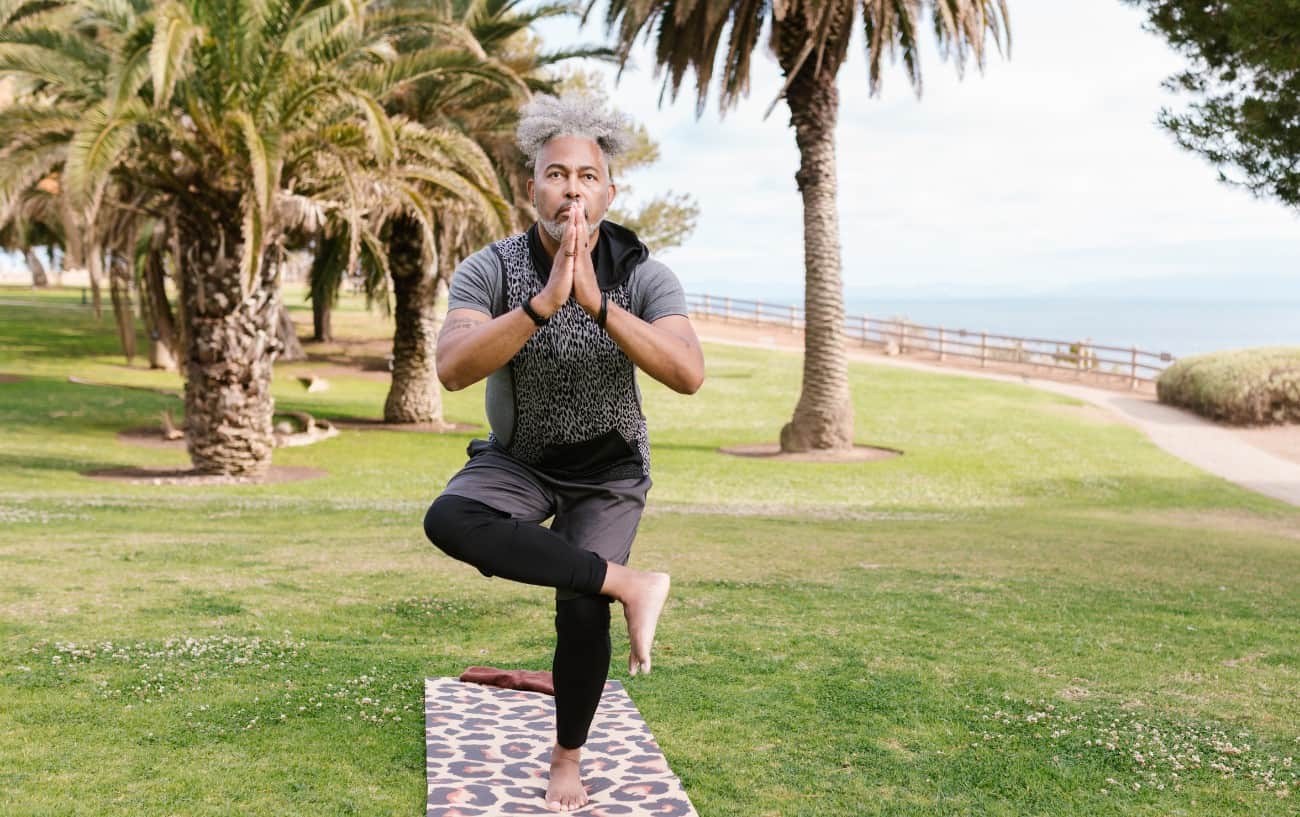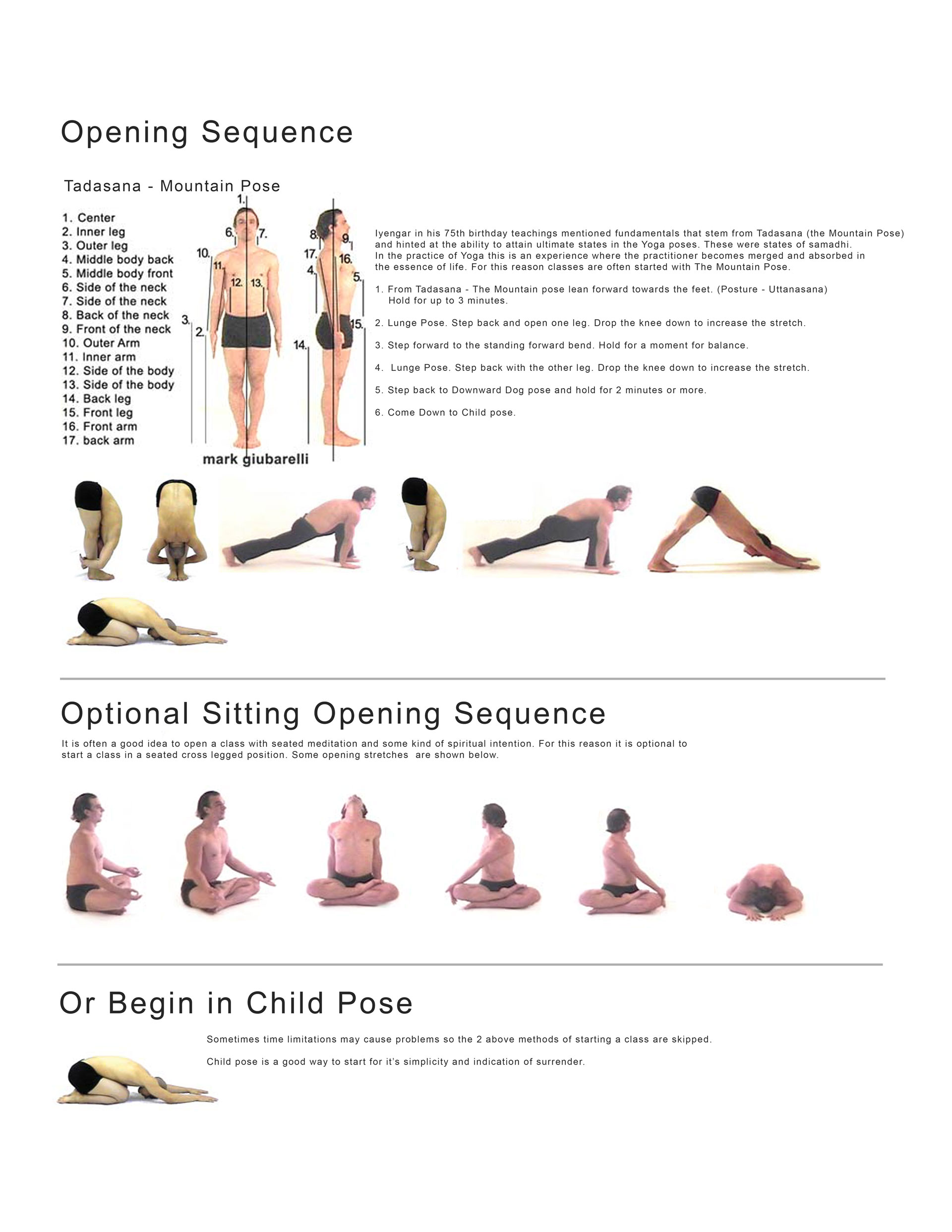
You may have heard of the blue-footed booby. Candle pose can be used to relax your jaw and facial muscles. It helps you focus on your third eye, and requires stillness and awareness of your breathing. You might be interested in trying the pose. It's easy and you'll be amazed at how simple it is. It's easy! Try it now. It will be easy to feel the benefits. Here are some tips for doing this yoga pose:
Trataka
The most common object on which the practitioner focuses his or her gaze in Trataka is a candle flame. In order to achieve this pose, the practitioner must first adopt a meditative, or seated, position. This will align the head, neck, spine, and trunk. Place a candle approximately 2 feet in front of the practitioner at eye level. The practitioner should feel at ease in the room.
This pose can be done in the early morning, or late at night. You can do this meditation exercise by sitting in a chair with your candle at your eye level. The room must be completely dark, although you may also practice it in the daytime if you block out the light. A session should last at least 15 minutes for best results. Afterward, you can repeat the process as many times as you like. You can expect to be flexible and fit for the duration of a Trataka class.
Halasana
Halasana is a yoga pose that has numerous benefits. This pose opens the throat chakras and heart chakras. This pose can be compared to the traditional Tibetan plow. Sita was Rama's beautiful girl who helped him plough the earth. The plow is named after her. Halasana opens these chakras. If you are looking to feel healthier, more vibrant, and happier, this is something you should do.

Halasana should be practiced slowly to ensure that you are aware of your body. Get help from an experienced yoga teacher if there are any issues. Start with the rest of the poses if you are experiencing pains or haven't been doing yoga in a while. Once you feel stronger than before, you can go on to the halasana. This pose can be performed only if you have consulted a physician.
Trikonasana
Trikonasana, a very common pose in yoga, is a good warm-up. This pose strengthens your chest, hips and lower back. It also relieves lower back pain. You must be able to move in this pose with enough flexibility. Additionally, this pose should be performed with a gentle bend movement. The following are some tips for practicing trikonasana:
Before performing candle pose you need to find a comfortable place in which you can practice it. Bend your knees and lift your legs to get into the position. You should bend your knees and point your toes towards ceiling. Once you have mastered the basic pose of the pose, you can add variations to it by pointing your feet and flattening you legs. To practice the pose with your partner, ask them to blow your toes during your performance.
Fish pose
You can perform the Yoga Candle Pose by placing a blanket under your head. You can roll the blanket under your head and place it on your back if it is difficult to hold. Relax your neck and face while in the pose. Focus on your third eye. You should listen to your body. Scale back if it starts to feel dizzy. For a deeper stretch try Round 2 Fish Pose.
There are many benefits to the Fish Pose. This forward-bending yoga position opens the chest, throat and abdomen. It can be used to counter-stretch Shoulderstand as it relieves neck pressure. This pose is best for experienced students as it requires a deeper stretch. There are many variations to this classic yoga position, including one that is easy for beginners. There is a reason why this pose is known as the "heart-opener" yoga pose.
Shoulderstand

It can be difficult for students to master the advanced version, called the candle pose, of the shoulderstand in yoga. This inversion pose requires a series of preparatory postures, including shoulderstand. You'll need to lift your hips higher than your shoulders and use a lot of neck flexion in order to achieve the full range of motion. To be able to perform this pose you must first have confidence in your ability balance your body.
You can also do a shoulderstand by lifting your pelvis onto a support. Then, lift your legs up and bring your knees closer to your chest. Practice for at least five minutes each side if you aren't sure of your body’s capabilities. Keep increasing the amount of time that you stand and making sure you maintain your posture for at least five more minutes. Continue doing this until the muscles feel comfortable.
Plow with shoulderstand
Plow is a challenging and rewarding exercise for the shoulders, neck, and neck. This pose requires that you connect your body to your mind in order to safely do it. To be able to feel the sensations and add props, it is important to establish a strong connection with your body. This article will give you an overview of key steps to mastering the yoga pose. These are the steps you need to follow to master the pose.
A quarter plow is the first step to a shoulderstand transition. The quarter plow requires coordinated movement, with the feet hanging overhead and the pelvis braced with the hands. It's a difficult, but rewarding pose that requires hip extension and musculoskeletal activity. You must have a strong core, and the ability to resist forward bending.
FAQ
How does one know if he/she has a mental illness?
If a person experiences symptoms that affect their daily lives, they may be diagnosed as having a mental disorder. There are many symptoms of mental illness. However, the most common symptoms include: feeling sad, anxious, angry, guilty, hopeless, lonely, depressed, confused, worthless, guilty, suicidal, etc.
A person may also be diagnosed with a mental disorder if they meet at least three out of four criteria listed below:
-
Disturbed thoughts and feelings
-
Be disturbed
-
Disturbance of functioning
-
Reduced ability to relate to others
What does my mental health have to do with my relationships?
Your mental health affects every aspect of your life. It affects your ability function properly at school, work, and home. Mental health issues can also make it challenging to form meaningful relationships.
If you are dealing with a mental disorder, it can be easy to isolate yourself. You might even avoid social situations if you feel like no-one understands.
It's important to remember, however, that people want to be with you. They just need to know how to approach you.
Talking to others about your feelings can help you connect with them. Ask for their guidance and tell them how you feel.
What can I do to improve my mental health and well-being?
When we feel stressed out at work, home, school, or with our families, mental health is crucial for all of us. Exercise regularly, eat healthy meals, get enough sleep, and spend time with loved one are all ways to improve mental health. Exercise can increase endorphins, which make us happier. Our bodies also function better when we eat healthy foods. Being well-rested gives us energy to get through the day. Finally, quality time spent with loved ones enhances our relationships as well as reduces stress.
What is the importance of mental health?
Mental health is vital for everyone. Mental health is vital for anyone. It is important to keep your mind healthy.
When our minds aren't in the best place, our bodies start to show signs and symptoms of stress. This can cause physical problems such headaches, stomachaches, backaches, or other symptoms. To keep our bodies and minds healthy, we must take care ourselves.
These are 5 ways to improve your well-being.
A person's well-being can be defined as their "state of mental, physical, spiritual, or social well-being". Our well-being is affected by many factors, including family, work and health. Your first step towards improving your health and well-being is to identify what areas of your daily life are lacking. Then, you can work to make these changes.
Here are five tips to boost your well-being.
-
Exercise - This increases endorphin levels, which makes us happier.
-
Sleep - Sleeping for more than six hours a night reduces anxiety and stress.
-
Nutrition - Eating healthy foods (such as fruits and vegetables) will boost your mood.
-
Meditation - Regular meditation can reduce stress and anxiety.
-
Socialization – Spending time with family and friends makes us feel happy.
How does mental illness affect our daily lives and daily activities?
Mental illness affects everyone at some point in his life. Mental illness is not something that people who are suffering from it don't seek treatment. Talk to someone if you feel something is not right. There are many treatment options available for anxiety, depression and stress.
Why mental health is important?
Play, work, learning, and love are all important. When we talk about mental health, we're talking about our overall wellness. The physical, psychological as well as social, spiritual and environmental factors that influence us every day are all part of mental health. The good news is that there are many ways to care for yourself mentally, physically, emotionally, spiritually, socially, and environmentally. It doesn't take all of the above at once. Just start somewhere.
The first step towards improving your mental health is understanding where you stand now. Take this quiz to find out if you're doing enough to support your mental health. If your score is low you might need to change your lifestyle.
Congratulations! Here are some things you can do that will help improve and maintain your mental health.
-
Get enough sleep A good night's sleep is essential for keeping your brain healthy and sharp. Try to get 7-8 hours of sleep per night, which is about the amount recommended by the American Academy of Pediatrics (AAP).
-
Exercise Regularly. Exercise releases endorphins into your body, which makes you happy and less likely to stress. Try to do 30 minutes of exercise five days a week.
Statistics
- More than 50% will be diagnosed with a mental illness or disorder at some point in their lifetime.3 (cdc.gov)
- Neuropsychiatric diseases are the leading cause of death and disability in the U.S., accounting for 18.7 percent of all years of potential lifespan loss and premature mortality.
- Similarly, while there is some agreement about the boundaries of typical mental disorders 2, there is likely less agreement about those for positive mental health. (ncbi.nlm.nih.gov)
- It means no drinking any alcoholic beverages and no taking any drugs that aren't 100% natural.
- In any given year, an estimated 18.1% (43.6 million) of U.S. adults ages 18 years or older suffered from any mental illness, and 4.2% (9.8 million) (healthypeople.gov)
External Links
How To
How to handle stress
Stress is a natural part of our lives. But when we feel stressed, it's important to find ways to relax. Stress can impact every area of your daily life. It can cause headaches and other physical problems, such as neck pain, backache, stomach pain, nausea, vomiting, diarrhea, constipation (insomnia, depression), anxiety, mood swings, muscle spasms, and stomach pain. You may even develop ulcers if you're under chronic stress.
There are many things you can do to reduce stress. Exercise increases endorphin release, which can make you happy and relaxed. Meditation reduces stress levels by slowing down to take deep, calm breaths. Yoga is another great way to help reduce stress and improve overall health.
It is important to learn how stress can be controlled and eliminated. If you don't know what to do, ask someone who knows.